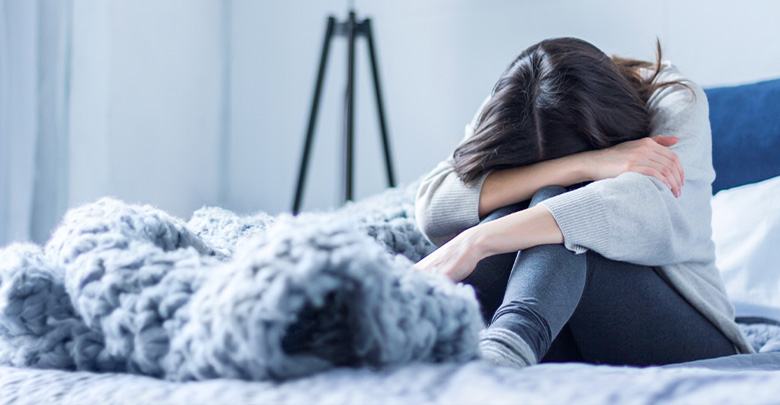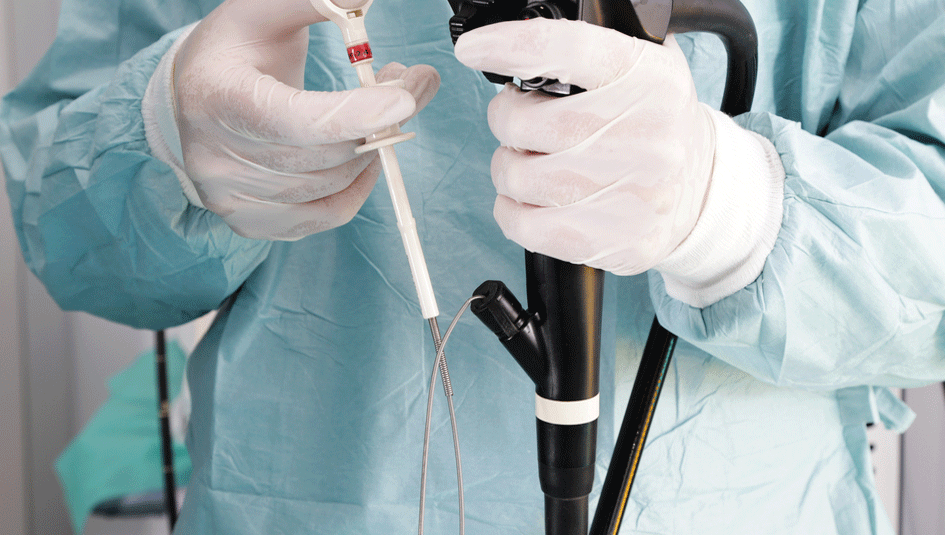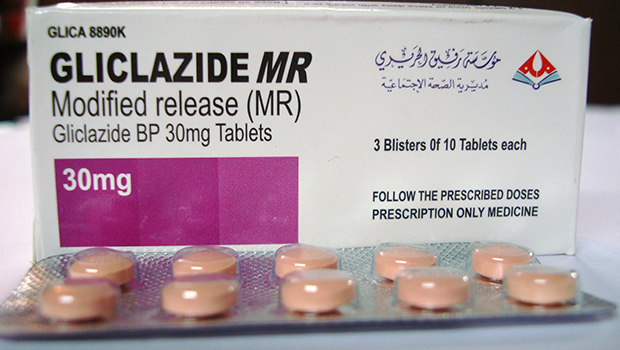Newly Diagnosed: Understanding and Treating Low Blood Sugars
Keep yourself safe from dangerous lows and reduce your anxiety by understanding what causes lows, and how to treat and prevent them

By far, the most stressful part of living with type 1 diabetes is low blood sugar. Not only can lows disrupt your day and leave you feeling shaky and exhausted, but if not treated quickly, they can become life-threatening.
It’s this fact that leads so many people with diabetes, especially those who have just recently been diagnosed, to undertreat the condition and aim for higher blood sugar goals.
While higher blood sugar levels may be easier to live with, in the present, they can lead to debilitating complications down the road.
What Causes Low Blood Sugar?
In a person without diabetes
Low blood sugars occur during bouts of intense activity or fasting. As glucose levels in the blood drop, the body stops producing insulin. The reduced insulin levels then trigger the liver to release stored glucose to raise blood sugar.
In a person living with diabetes
Low blood sugar is the result of too much insulin in the system compared to how much glucose is currently being used. Activity combined with too much (or even a normal) basal insulin can cause glucose to be uptaken more rapidly.
Too much insulin alone, such as when a meal bolus is miscalculated or basal insulin is too high, can also cause lows. Learn more about how to carb counting accurately here.
In people with T1D, low blood sugars are always combined with excess insulin, so the liver never releases its glucose stores.
The only way to reverse low blood sugar is to cut off the flow of insulin or intake glucose manually.
What Happens When Your Blood Sugar Is Too Low?
Most organs in the body have their own backup supply of glucose that can be used when sugars get too low. Unfortunately, the brain does not have this ability.
If blood sugar continues to drop without adequate treatment, it can become too low for the brain to properly function.
This can result in confusion, visual disturbances, seizures, and loss of consciousness. If levels continue to drop, it is possible to slip into a diabetic coma.
In extreme cases like this, you will not be able to treat yourself and you will need assistance.
Having a glucagon emergency kit on hand is a good idea. Just make sure you teach those around you how to use it.
Different Types of Lows Require Different Treatments
As terrifying as the consequences of low blood sugars are, it is important to recognize that not all lows you experience are this dangerous.
In most cases, you will have time to treat yourself without experiencing any major problems.
How dangerous a particular low is and how best you should treat it depends on how fast your blood sugar is falling.
You can break up lows into three categories based on this idea:
- Crashing lows – These are low blood sugars that are dropping very quickly. They typically produce more severe symptoms like blurred vision, trouble focusing, sweating, and trembling. If sugars are crashing fast enough, you may even experience these symptoms before blood sugars drop below 70. These types of lows are typically caused by intense activity or overcalculated insulin doses and need to be treated quickly and aggressively.
- Dropping lows – These kinds of lows are also falling but in a much less dramatic fashion. They typically produce less intense symptoms and may even result in symptoms that are more emotion-based like anxiety, feeling suddenly depressed, or feeling very sleepy. These lows are usually caused by increased activity or miscalculated insulin doses and need to be treated right away, but will not require as much glucose to reverse.
- Stable lows – These are numbers that are sitting below 70 but are not dropping or rising. They tend to produce less noticeable symptoms, though you may feel more fatigued or lightheaded than normal. While these types of lows are not typically dangerous, they can turn into dropping lows with any increased activity. Stable lows are usually caused by a basal rate that is too high. They should be treated with a small amount of glucose followed by a snack or meal after sugars begin to rise.
Treating Low Blood Sugars the Right Way
No matter which type of low you are experiencing, there are certain foods you should use to treat them.
What will differ, is how much sugar you take to treat your low.
Foods to Avoid During Lows
When picking your go-to low treatment you want to find foods that will deliver glucose to your bloodstream as quickly as possible. This means you need to avoid foods that contain any protein, fat, or fiber as all of these slow digestion down.
Foods like candy bars, cookies, and chocolate may be loaded with sugar, but they are also bogged down with fat. Using these to treat lows will result in blood sugar remaining low for an extended period and then rising quickly. And by that time, you are likely to have already eaten more food in an attempt to bring your levels up, causing an even higher swing when sugars do finally rise.
Eating meals to treat lows is a bad idea due to the mix of macronutrients and the length of time it will take for blood sugars to rise.
Even fruits contain too much fiber and too low of a glycemic index to be used to treat lows.
Fast Acting Glucose Sources
Instead of jumping on the blood sugar rollercoaster caused by improperly treating lows, then being forced to correct highs, only to end up with another low, you need to treat your lows with food that contains only simple carbohydrates.
A good low treatment food will contain:
- No protein, fat, or fiber
- Little to no starch
- No sugar-alcohols or calorie-free sweeteners
- And will come in servings that are easy to divide up so each part contains about 2 to 4 grams of sugar
Treatments that meet these criteria are foods like juice, nonsugar-free hard candy, nonsugar-free gummies or fruit snacks, honey, glucose tabs, glucose gel, and glucose powder.
Don’t Over Do It
Typically, doctors recommend 15 grams of simple carbs to bring up lows, but this can vary from person to person. It will also vary based on the type of low you are having.
- Crashing lows may need twice as much treatment as normal, or one dose to stabilize sugars followed by a second dose after ten minutes to bring them up to normal.
- Dropping lows will typically only need a single treatment but may need to be followed by a meal or snack within the hour to prevent repeat lows.
- Stable lows usually only require half a normal treatment to prop levels back up over 70. You can then use a snack with a reduced bolus to prevent the extra basal insulin from pulling levels back down.
No matter what type of low you have, it is important to not overdo things.
This can be a hard rule to follow when your body is screaming for you to feed it. But, you need to remember that it takes time for sugars to come back up.
Take your needed dose of carbs, then wait ten to fifteen minutes and check your blood sugar again. Repeat your dose only if sugars are still under 70.
Preventing Low Blood Sugar
While adjusting insulin doses to treat a low will take much longer to have an effect than food, adjusting them to prevent lows is a skill you should practice.
If you are on a pump, you have the option to reduce basal insulin in preparation for activity and exercise. Just remember, it takes some time for insulin to peak, so you need to lower your basal rate at least 30 minutes before activity begins.
You can use preemptive eating to prevent lows. A protein shake before a workout or an underdosed meal before a shopping excursion can help keep you stable.
Watch for Patterns, Improve Understanding and Control
If you are having repeated lows, especially if they seem to be around the same time of day, you should talk to your doctor about adjusting your basal dose or your carb ratios.
In the end, everyone reacts differently to low blood sugars and treatments for those lows. The best thing you can do is start experimenting to find out what works for you and what doesn’t. Don’t be afraid to treat lows differently based on how quickly you are falling or the severity of your symptoms. And always remember to stay prepared by stashing low treatments in your bedroom, car, and bag.
Lows might be scary but once you gain a greater understanding of how they affect you and how you can properly treat them, you’ll be better able to set your control to a tighter window to avoid complications down the road.







